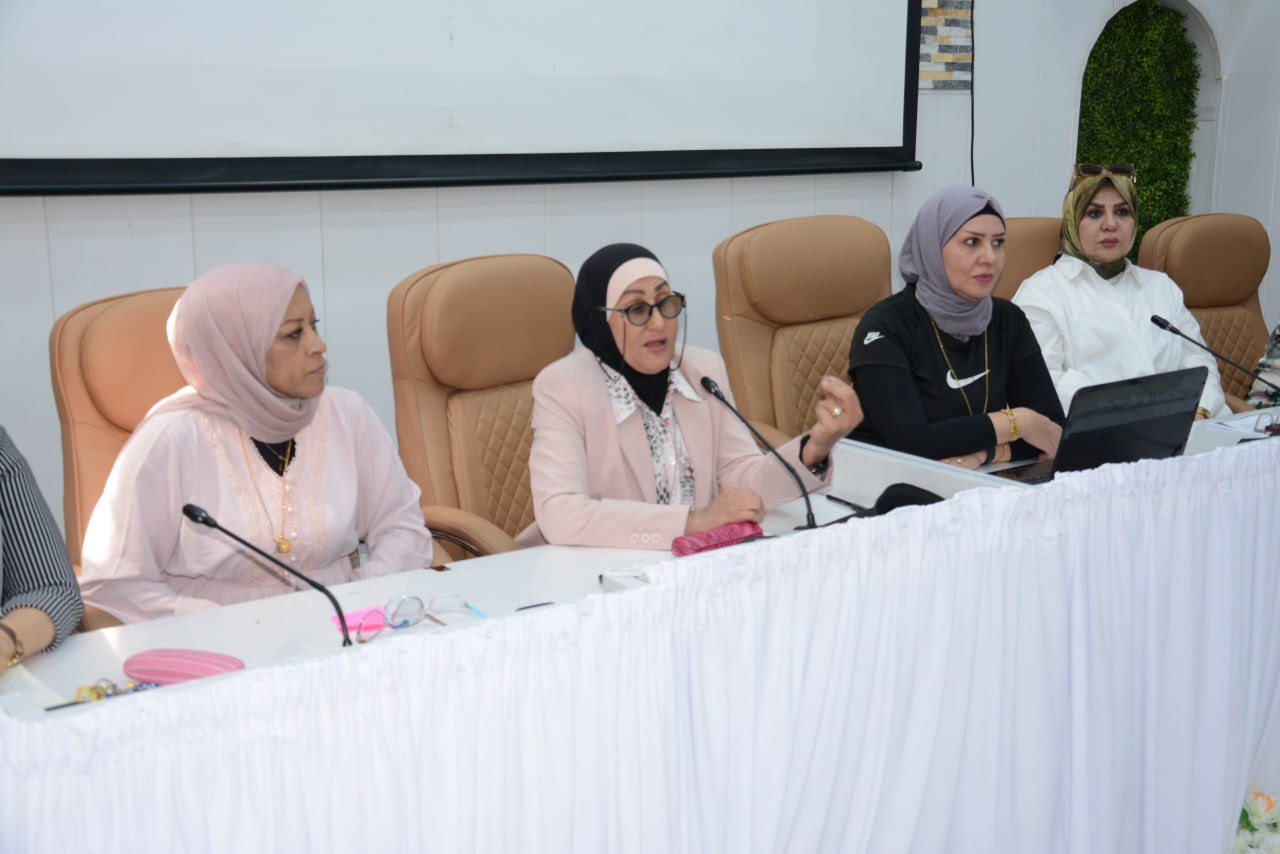The Scientific Affairs Unit at the College of Physical Education and Sports Sciences for Women, University of Baghdad, under the supervision of Asst. Lect. Diana Ghanem organized a scientific workshop on )The Educational Environment and Virtual Reality Technology Environment), delivered by the faculty members teaching Motor Learning at the college.
The workshop addressed seven key themes
First, the educational environment and its importance in the learning process are defined as the set of material and human factors influencing student learning and achievement. Academic success is closely linked to the environment in which it occurs.
Second: Elements of the educational environment, including the place, learner, teacher, learning methods and techniques, and tools and devices used in teaching.
Third: Effective educational environmental conditions, such as active audience presence and cheering, lighting and vision, and the nature of competition surfaces.
Fourth: The environment of virtual reality technology in learning, through the design and representation of three-dimensional multimedia information in a virtual setting, enables the creation of practical learning experiences.
Fifth: Reasons for applying virtual reality technology in education, including societal needs and combining imagination with reality.
Sixth: Types of virtual reality technology, such as non-immersive VR, semi-immersive VR, and fully immersive VR. Thus, the virtual reality environment comprises the virtual world, immersion, sensory feedback, and interaction.
Seventh: Requirements of the virtual reality environment, including head-mounted displays, touch gloves, motion sensors, multi-directional treadmills, and supporting devices.
This workshop contributes to achieving Goal 4: Quality Education, one of the United Nations Sustainable Development Goals.
